2024.8 KENDOJIDAI
Composition: Sato Mariko
Photography: Nishiguchi Kunihiko
Translation: Pepijn Boomgaard
Ibaraki Junior Kendo Team is a famous Dojo with many achievements. In a town with a population of only 30,000, the Dojo has about 70 members, ranging from kindergarten students to high school students. Although the Dojo is a part of Ibaraki Kindergarten, most members are not students at the kindergarten. The Dojo is always open for alumni, who have a chat group consisting of more than 130 people. When the Dojo held an end-of-year event, 270 people showed up.
The Dojo, which is nicknamed “Ibasho*”, launched its Instagram account in November 2023, where they post various messages such as “Create your own place in the world” and “Kendoka, what will you do?” The children work together with the teachers to come up with new posts.
The children grow up loving Kendo, a martial art which is becoming more and more popular around the world. We asked instructor Amagai Mizuki about Japan’s youth Kendo.
*Ibasho also means “place where one belongs.”
Ibaraki Junior Kendo Team
Founded in 1980. Won the Mito Tournament twice, won the All Japan Dojo Youth Tournament elementary school division team title once and the individual title twice, and the junior high school division team title three times and individual title three times, and won the All Japan Dojo Tournament three times. Three alumni have participated in the All Japan Championship.
https://www.iba-kin.jp/kenyukai/
Amagai Mizuki
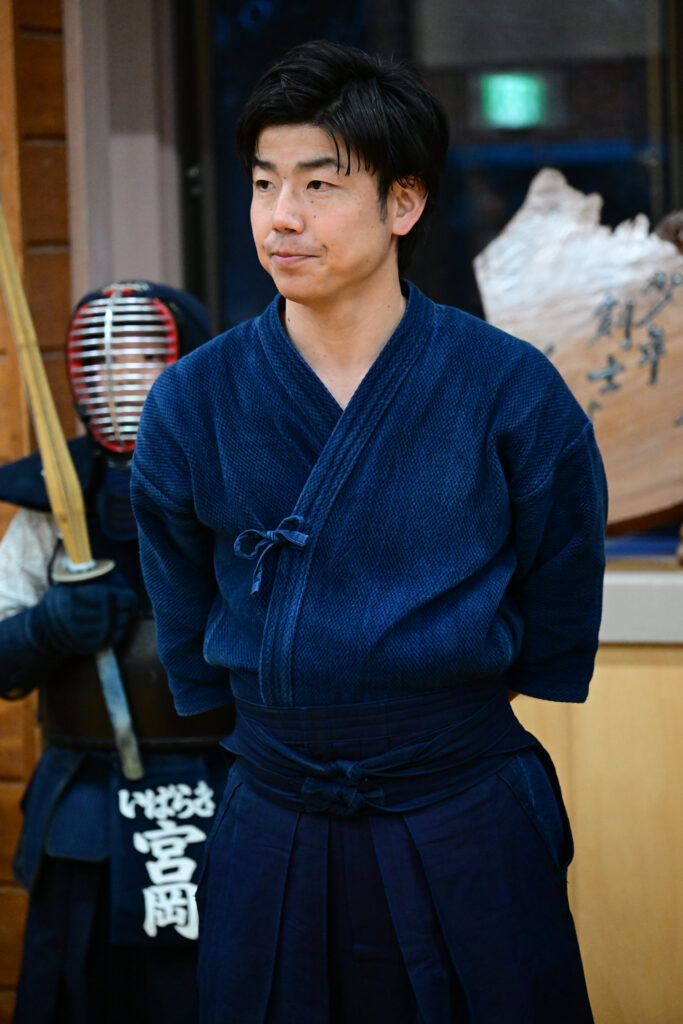
Promoting Kendo together with the children
-It is said that the Kendo population is decreasing in Japan, yet you have a large number of members. How do you recruit new people?
We don’t do anything special. We put up posters, organize trial sessions, and spread information through social media and our website.
We do not force the children attending our kindergarten or daycare to join the club, and only two or three children end up joining every year. Most of the new members learned about us through our advertising or word of mouth.
Rather than recruitment itself, I place more importance on the communication after children have joined the Dojo. I think it is important to get people to understand that the Dojo is a good place by telling them what the children are doing and what our thoughts are.
Although we didn’t use social media before, we have started an Instagram account to contribute to the spread of Kendo. We started this after discussing it with the children after the Covid-19 pandemic led to an even further decline in the Kendo population. We also discuss the content we upload with the children.
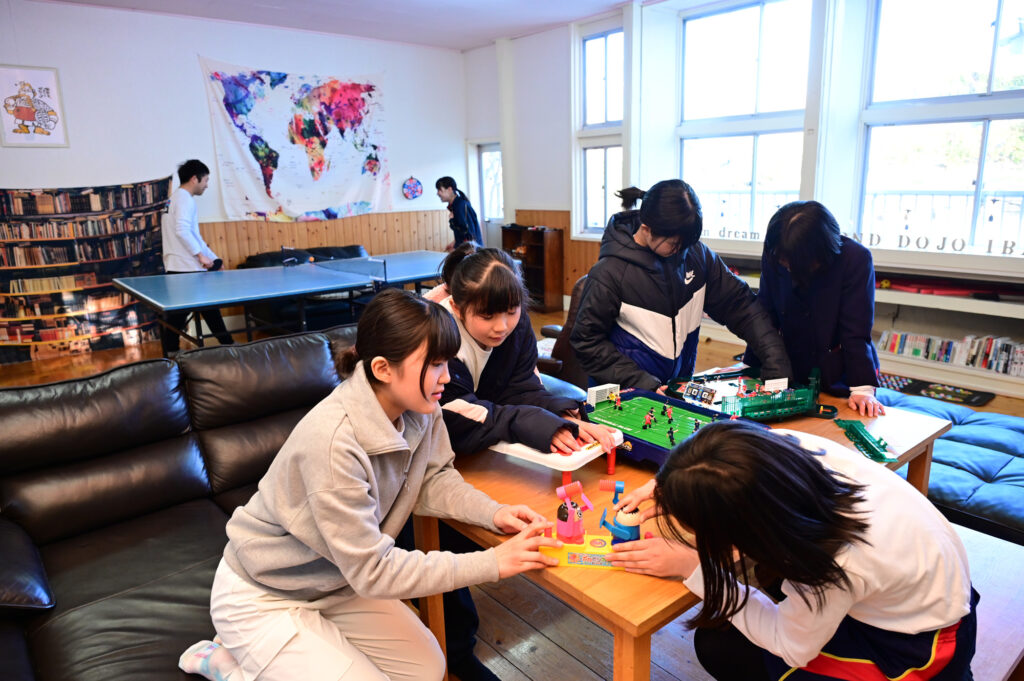
The second Dojo.
-This is the first time I have heard of a Dojo letting the children decide on their social media posts.
We want the children to have a sense of involvement. When I was young, there was a Kendo magazine that came to the Dojo to discuss what should be done with youth Kendo. The shoot for that interview made me want to increase the number of children who do Kendo. I still have this desire and it is the driving force behind running this Dojo.
-How has your experience on social media been?
I’m grateful to say that we not only have followers from Japan, but from various countries. Because of this, the children are also getting more serious and they are actively thinking about what to post next. The possibilities of Kendo are unknown and they can be expanded by the children themselves. I hope that they understand this.
In Japan, Kendo has the reputation of being a tough martial art, and some people feel that it is difficult to get into. However, I believe that once you cross swords, you can connect to people no matter their nationality. Today, Ibaraki Junior Kendo Team is a place where people of all ages come together. I hope to gradually expand this circle to include people from all over the world.

Overcoming failure
Believing in the children’s growth
-Ideally, how would you like to raise children through Kendo?
Even if you are the best player in Japan or the world, you will still experience setbacks and failure. I have seen many people, both in Kendo and in other sports, who had brilliant achievements but fell off. I believe that truly strong people are those who can overcome failure and setbacks and get back up again and again. I want to raise people who can learn from their mistakes and will not become arrogant.
In the last year, society as a whole has been shocked by many regretful stories about bullying and suicide. I am starting to understand the importance of teaching children who can understand the pain of others.
-What do you think is important when training such people?
You have to be patient and watch over the children as they grow. Technology has made society more convenient. With a click on your phone, you can get all kinds of information. Nowadays, people want to know the answer immediately. They want to see their children improve immediately so they impose what they think is right on them.
Both in parenting and Kendo, I think that looking at readily available information online and thinking that if you follow it the children will grow up quickly is simple and immature. People make mistakes, learn, and grow. We adults don’t want to wait that long. It may take time for children to grow up. It is important for us to be tolerant and supportive and believe in the children as we wait for them to grow up.
As society has become materially affluent, we must nurture our children through Kendo to also have a rich spirit. I think that this is the mission of us adults.
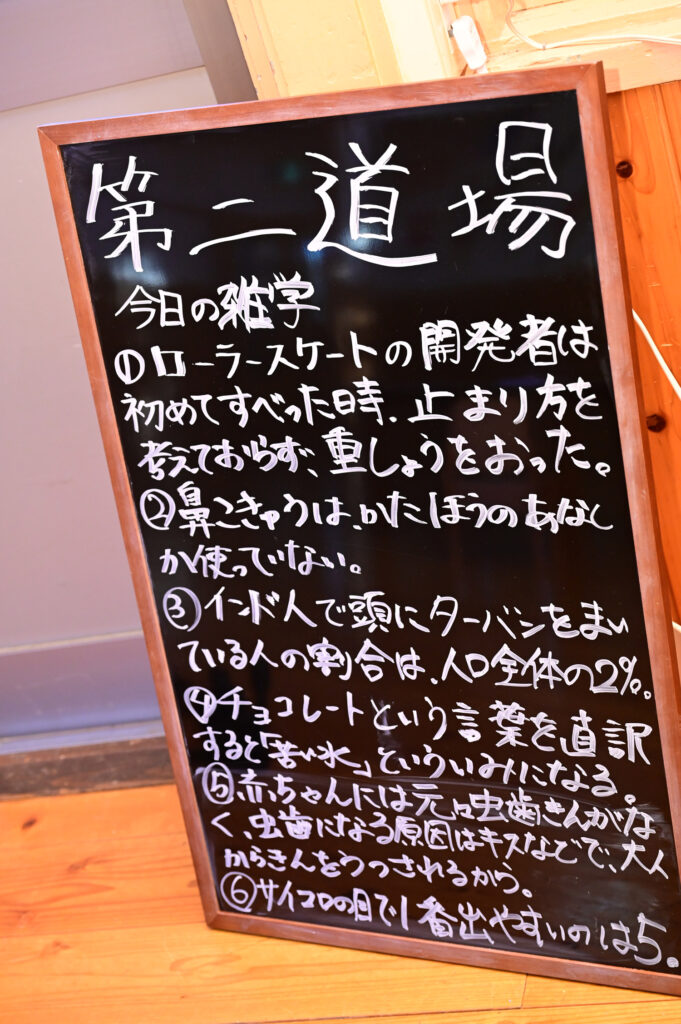
Showing children how to face things head-on
-What do you keep in mind when communicating with the families of children who have just started Kendo?
For example, in January, the Dojo is cold and some smaller children cry because they don’t want to go. When they grow up to be junior high school or high school students, doing things like that becomes the norm, and instructors will demand even more of them. However, when dealing with younger children, we start by encouraging them by saying things such as, “Are you OK? Why don’t you try it? Maybe your feet will warm up.”
Perhaps my approach is naive. But rather than scolding them, I try to listen to them first. I believe that this form of communication is more in tune with the current times.
Even adults have days when they don’t want to go to work or practice. Small children have even more of these days. I think it is only normal not to want to stand barefoot on a cold winter floor. If you shout at them or scold them, you will ingrain in them that Kendo is something unpleasant.
That’s why I tell them, “You don’t want to practice right? You want to go home right? But let’s practice just a little bit.” The fact that they decided to practice that day might give them confidence. They might still not want to practice next time, but maybe one of the older children will praise them for coming. Through all of these experiences, everyone will grow in their own way.
Even though it is cold, I ask parents to come to the Dojo to see their children’s small progress. I try to wear my Dogi whenever the children wear it and to be in the Dojo together with them. Rather than controlling children with words, I think that adults should lead by example and show them how to face things head-on.
-What is the reason the small children and older children train together?
If the priority is to win now, it is clearly preferable to divide the players by age and level. But we don’t do that. In the long run, making the Dojo a fun and good place for everyone is more important. That’s why we do things like this.
In addition, I feel that having the children look after each other leads to spiritual development. For the younger children, having older boys and girls to look up to motivates them to keep doing Kendo.
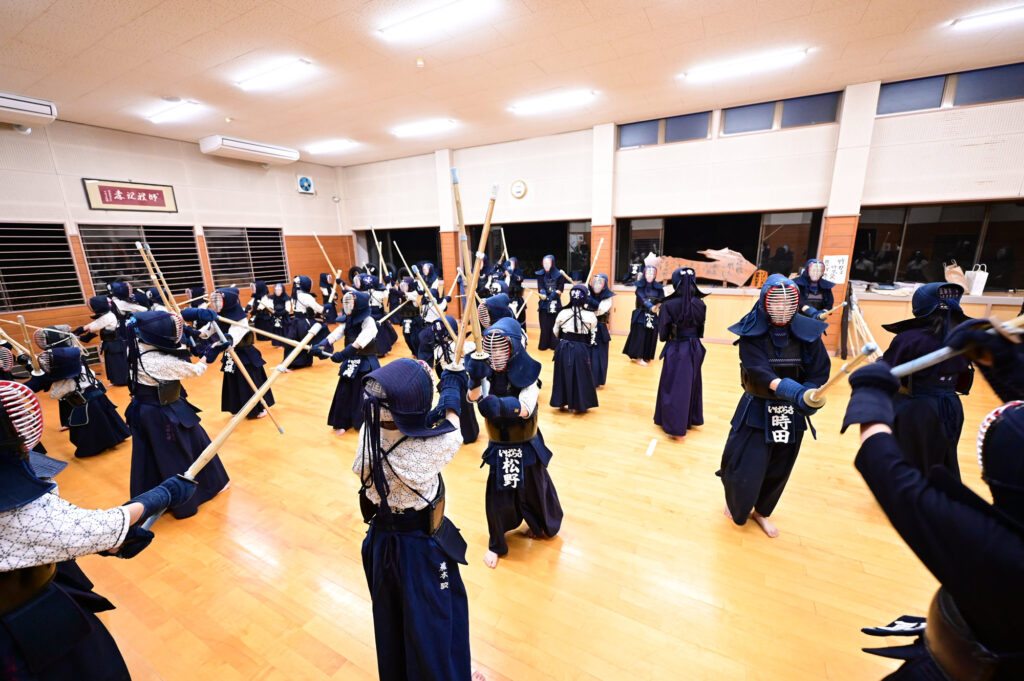
Nurturing the human spirit through Kendo
-What do you think is the appeal of Kendo?
I think that society has become more affluent and convenient. This is a good thing, but it is also important to know struggle and failure in life. Kendo teaches these things in a natural manner.
Kendo inspires me and helps me remember how I started. I think it is a martial art that appeals to me more than other sports because it is about correcting yourself.
In today’s society, we don’t usually encounter a floor so cold that it makes us cry. As you practice, you have to confront your own weakness and immaturity. The accumulation of these physical and mental experiences is what nurtures our spirit.
-Through Kendo, we can develop various senses.
Yes. Winning and losing is important too, but I tell the children to fight their matches in a way that moves the heart of those watching and cheering them on. I think it is very important for children to have the experience of moving other people’s hearts and having their own hearts moved from a young age. It doesn’t necessarily need to be Kendo, it can also be TV or anything else. Being moved, to be able to express your feelings, to know what you are feeling. It is very important not to lock up your emotions. I believe that through Kendo, both adults and children can have experiences that enrich their spirit. I think this is what is needed in society today.
-I heard that you don’t participate in many practice matches.
When considering physical and mental growth, it is very important to not have matches as your only measurement. We also don’t have a rival Dojo we don’t want to lose to either.
It is my job to make the children think that out of all the options they have, it is Kendo they want to do. Once they realize the appeal and enjoyment of Kendo, they will find the essence of Kendo on their own as they get older.
The top players of the Kendo world convey how wonderful Japanese Kendo is. But this is meaningless if there are no children left to be exposed to this. I think that we need more adults who can put in the effort and perseverance to engage with the children.
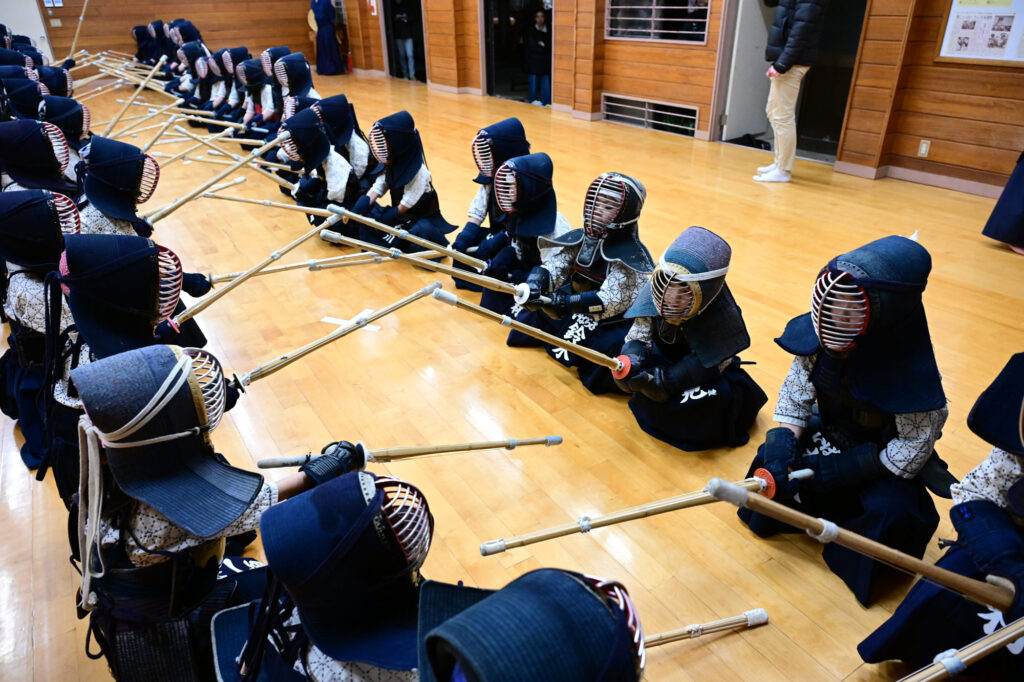
-What are your plans for the future?
I would like to contribute to society more by utilizing the resources we currently have. For example, a few years ago, we started a “modern-day Terakoya (Edo-period school).” Before and after practice, the children can use our facilities to play and study.
Every Tuesday after practice, we use a projector and have a 30-minute discussion. Sometimes we watch a Kendo match and ask the student what they think and what kind of expressions the players are making. Sometimes we also discuss current events.
Some may ask: “How is this related to winning in Kendo?” However, I believe that considering a child’s long-term development, it is important for them to have a broad perspective, both for themselves and their Kendo development.
-What are your Kendo outlooks?
It is very difficult to get children to like and continue doing Kendo. When I was in university, my sports management professor told me that “local sports are incredibly hard.” I’m fully realizing the meaning of his words. The times are changing, and values are changing as well. There are many difficulties. Surely there are people who cannot keep up with the changes. But if there are no children willing to try Kendo, we cannot transmit the appeal of Kendo.
There is a saying that goes, “Even though we are an old shop, we are a new shop,” which means to never be satisfied and always strive to improve. Kendo is one of the oldest aspects of Japanese culture. In order to preserve it, we must change what needs to be changed. If people don’t enter the shop, they won’t know what is inside. I believe that it is my role to get people to go inside.
To achieve this, we need to keep a wide perspective and actively incorporate the good aspects from other sports. Rather than being the strongest in Japan, I want to create a Dojo that is attractive to the outside world. I’m confident that through Kendo, we can create a good society that is uniquely Japanese. It would be great if that spreads across the world in a positive way.

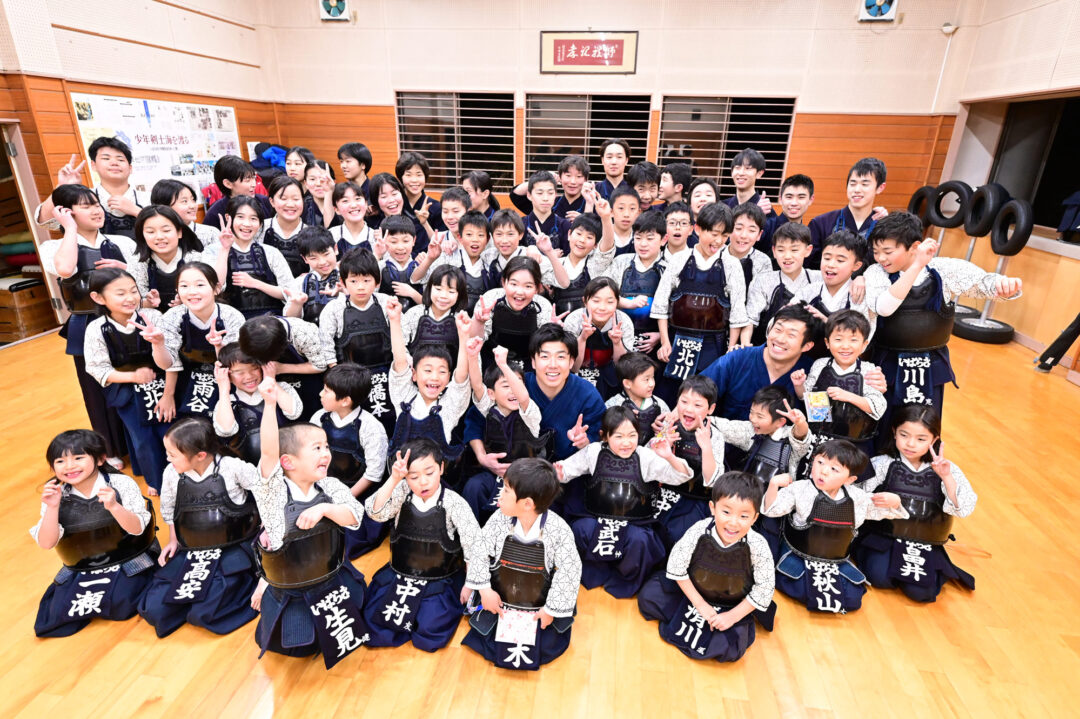
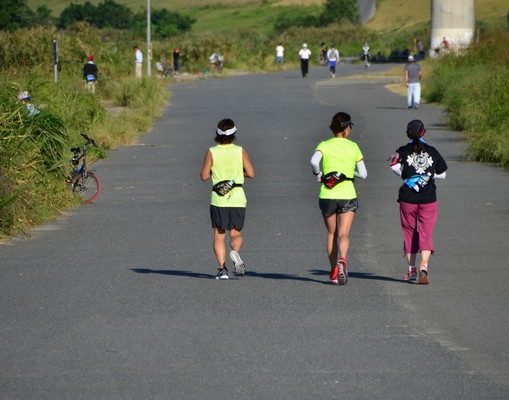
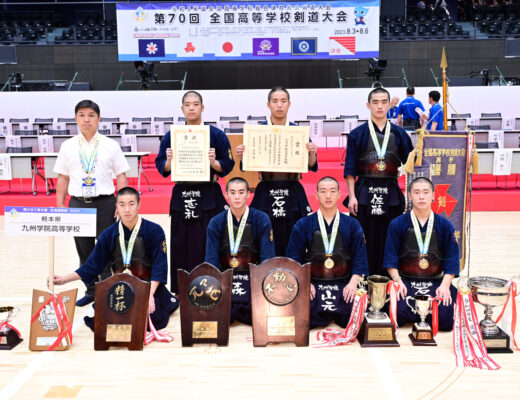
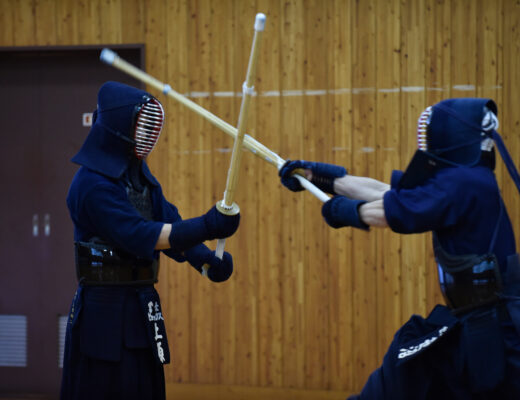
[…] Building a place where we belong (Ibaraki Junior Kendo Team)https://kendojidai.com/2024/06/25/building-a-place-where-we-belong-ibaraki-junior-kendo-team/ […]